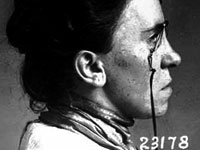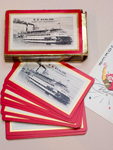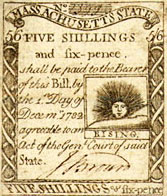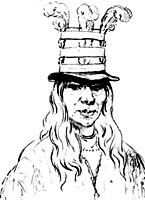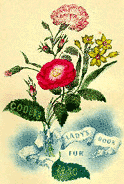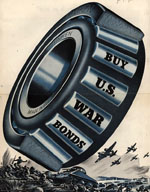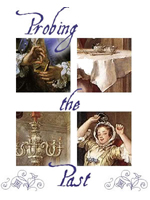Florida State Archives Photographic Collection

More than 137,000 photographs of Florida, many focusing on specific localities from the mid-19th century to the present, are available on this website. The collection, including 15 online exhibits, is searchable by subject, photographer, keyword, and date.
Materials include 35 collections on agriculture, the Seminole Indians, state political leaders, Jewish life, family life, postcards, and tourism among other things. Educational units address 17 topics, including the Seminoles, the Civil War in Florida, educator Mary McLeod Bethune, folklorist and writer Zora Neale Hurston, pioneer feminist Roxcy Bolton, the civil rights movement in Florida, and school busing during the 1970s.
"Writing Around Florida" includes ideas to foster appreciation of Florida's heritage. "Highlights of Florida History" presents 46 documents, images, and photographs from Florida's first Spanish period to the present. An interactive timeline presents materials—including audio and video files—on Florida at war, economics and agriculture, geography and the environment, government and politics, and state culture and history.
